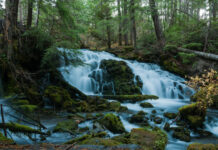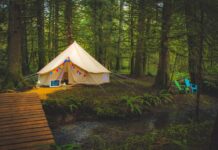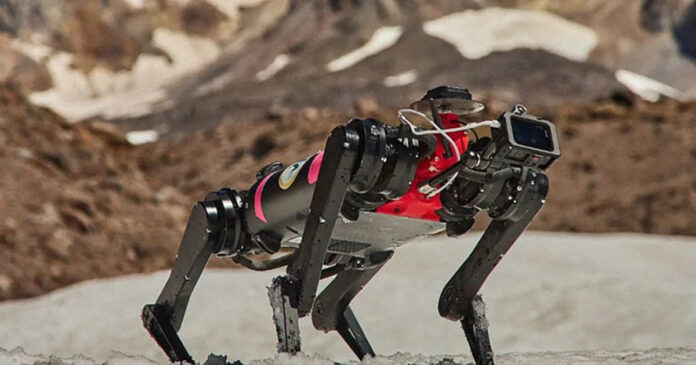In the scenic terrain of Mount Hood, Oregon, a robotic dog named Spirit is being rigorously trained for future space exploration missions. This initiative, known as the LASSIE Project, is spearheaded by Feifei Qian, an alumna of Georgia Tech and an assistant professor at the USC Viterbi School of Engineering. She is joined by Frances Rivera-Hernández, also an assistant professor, from Georgia Tech’s School of Earth and Atmospheric Sciences. The project is a collaborative effort involving top institutions such as NASA, USC, Texas A&M University, Oregon State University, Temple University, and the University of Pennsylvania.
Spirit, the four-legged robot, is testing its metal on the rugged, varied terrains of Mount Hood’s Palmer Glacier, simulating the harsh conditions of the moon and other celestial bodies. The robot is designed to adapt its locomotion techniques in real-time, a crucial capability for navigating the unpredictable landscapes of other planets. As it traverses dirt, rocky slopes, and slushy snow, Spirit collects data that will inform the development of future robotic explorers, ensuring they are equipped to handle extraterrestrial terrains.
The robot’s ability to sense the mechanical resistance of different surfaces and immediately adjust its walking strategy is central to its training. This technology mirrors the tactile feedback that humans experience when walking over uneven ground, providing critical insights into the surface compositions and movement dynamics of other planets.
Beyond the immediate goals of the LASSIE Project, Feifei Qian and her colleagues are also pioneering the TRUSSES Project under a new $2 million NASA grant. This venture aims to deploy teams of robots, including legged robots like Spirit, wheeled rovers, and Hexapedal robots, that can work collaboratively to navigate and map hazardous lunar terrains. These robots will share data and utilize a collective mapping system to identify and avoid potential risks, enhancing their operational efficiency and safety. The project even envisages rescue scenarios where robots could assemble into makeshift structures to extract a stranded team member, showcasing an innovative approach to problem-solving in extreme conditions.
The rigorous testing of Spirit isn’t confined to Mount Hood; the robot has also been trialed on Southern California beaches and the soft granules of White Sands National Park in New Mexico. Each environment offers unique challenges and learning opportunities, contributing to a robust dataset that will benefit future explorations. Moreover, the testing sessions are meticulously documented by filmmaker Sean Grasso, capturing the intricate details of Spirit’s performance and the otherworldly beauty of Mount Hood’s landscapes, which closely resemble those of distant planets.
Do you love Oregon?
Sign up for monthly emails full of local travel inspiration and fun trip ideas. In each newsletter we'll share upcoming events, new things to do, hot dining spots and great travel ideas.
As part of their comparative research, the team also observes the movements of Howard, a German shepherd, to draw analogies between biological and robotic locomotion. This analysis will help refine Spirit’s design and functionality, ensuring it can adeptly navigate the diverse terrains of other planets.
With additional trips to Mount Hood and White Sands planned for the coming year, the teams from USC and Penn are set to further advance the capabilities of Spirit and its robotic counterparts. This continued development is crucial for the success of future missions, potentially enabling new scientific discoveries and enhanced mobility on surfaces far from Earth. Through projects like LASSIE and TRUSSES, Spirit and its fellow robots are paving the way for the next generation of space exploration.



















